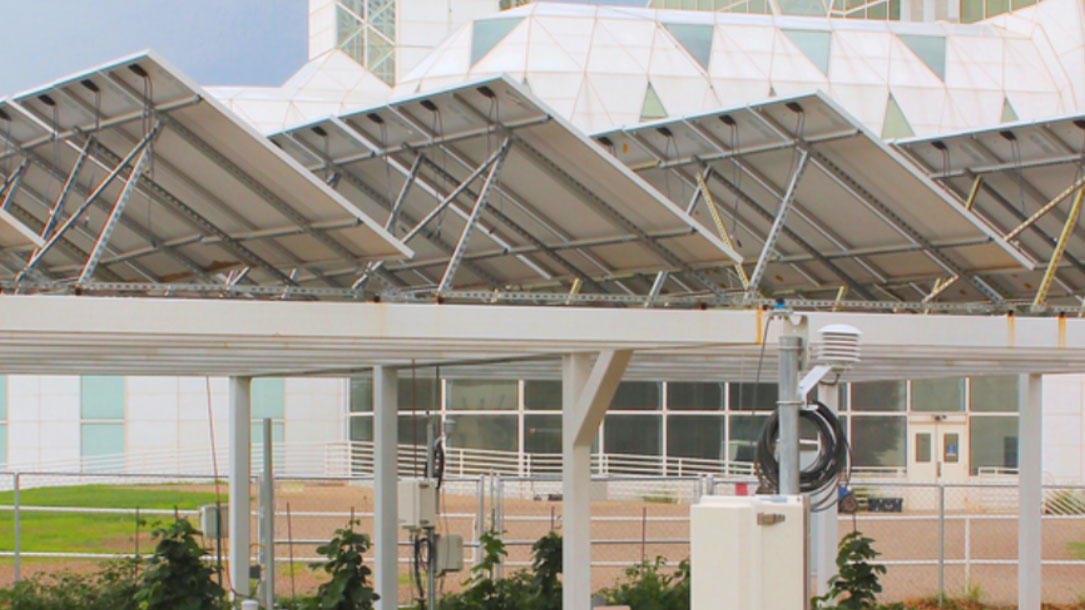
Agrivoltaics: Solar panels on farms could be a win-win
The solar panels in the fields at the University of Massachusetts Crop Research and Education Center don’t look like what most of us have come to expect. Instead of hunkering close to the earth, they’re mounted seven feet off the ground, with ample room for farmers or cows to wander underneath.
Panels are separated by two and three-foot gaps, instead of clustering tightly together. Light streams through these spaces and, underneath, rows of leafy kale and Brussels sprouts replace the typical bare earth or grass…

Lifestyle changes aren’t enough to save the planet. Here’s what could.
There is a long history of industry-funded “deflection campaigns” aimed to divert attention from big polluters and place the burden on individuals. Individual action is important and something we should all champion.
But appearing to force Americans to give up meat, or travel, or other things central to the lifestyle they’ve chosen to live is politically dangerous: it plays right into the hands of climate change deniers whose strategy tends to be to portray climate champions as freedom-hating totalitarians.

It’s Time To Get Serious About Reducing Food Waste, Feds Say
Word that Americans throw away about one-third of our available food has been getting around.
Now there’s an official goal aimed at reducing that waste.
Today, the U.S. Department of Agriculture and the Environmental Protection Agency — along with many private-sector and food-bank partners — announced the first ever national target for food waste.
“[We’re] basically challenging the country to reduce food waste by 50 percent by the year 2030,” Agriculture Secretary Tom Vilsack tells The Salt…

Farmers are using food waste to make electricity
If you piled up all the food that’s not eaten over the course of a year in the U.S., it would be enough to fill a skyscraper in Chicago about 44 times, according to an estimate from the U.S. Department of Agriculture.
And, when all this food rots in a landfill, it emits methane, a powerful greenhouse gas that contributes to climate change. In fact, a recent report from the United Nations from a panel of climate experts estimates that up to 10 percent of all human-made greenhouse gas emissions are linked to food waste…
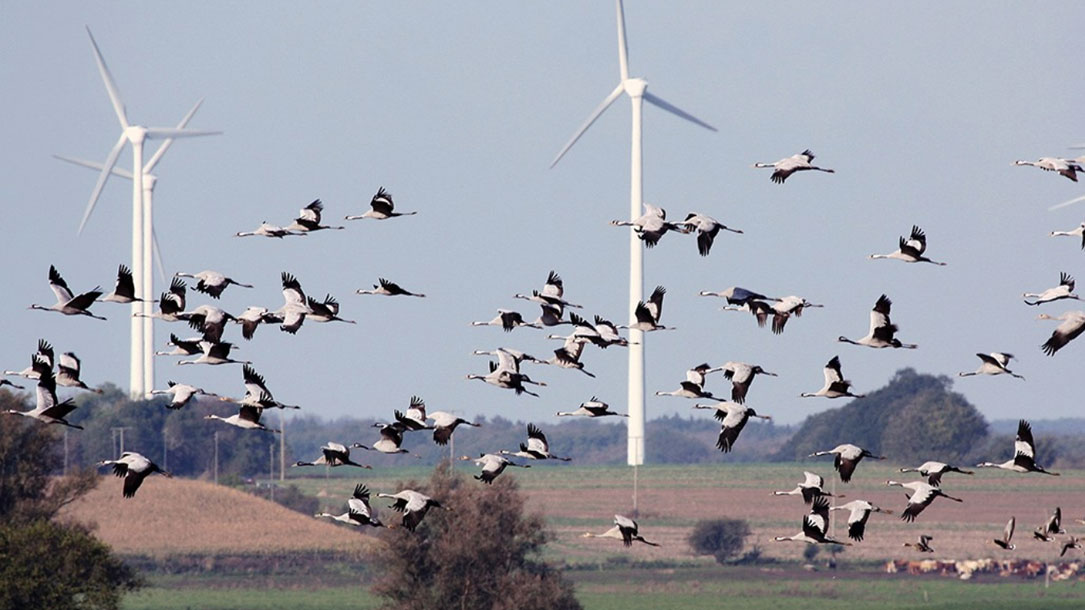
Wind turbine design and placement can mitigate negative effect on birds
URBANA, Ill. – Wind energy is increasingly seen as a sustainable alternative to fossil fuels, as it contributes to a reduction in greenhouse gas emissions. It is estimated that by 2050, wind turbines will contribute more than 20% of the global electricity supply. However, the rapid expansion of wind farms has raised concerns about the impact of wind turbines on wildlife.
Research in that area has been limited and has yielded conflicting results. A new study, published in Energy Science, provides comprehensive data on how turbines affect bird populations…

Small adjustments to wind turbines can reduce impacts on birds, new study finds
Research analyzed data from 1,670 wind turbines and 86 bird observation routes across 36 states between 2008 to 2014.
“We found that there was a negative impact of three birds lost for every turbine within 400 meters of a bird habitat,” Madhu Khanna, professor of agricultural and consumer economics at the University of Illinois and co-author of the new study, said in a statement. “The impact faded away as the distance increased…”

Agrivoltaics proves mutually beneficial
Building resiliency in renewable energy and food production is a fundamental challenge in today’s changing world, especially in regions susceptible to heat and drought.
Agrivoltaics, the co-locating of agriculture and solar photovoltaic panels, offers a possible solution, with new University of Arizona-led research reporting positive impacts on food production, water savings, and the efficiency of electricity production…
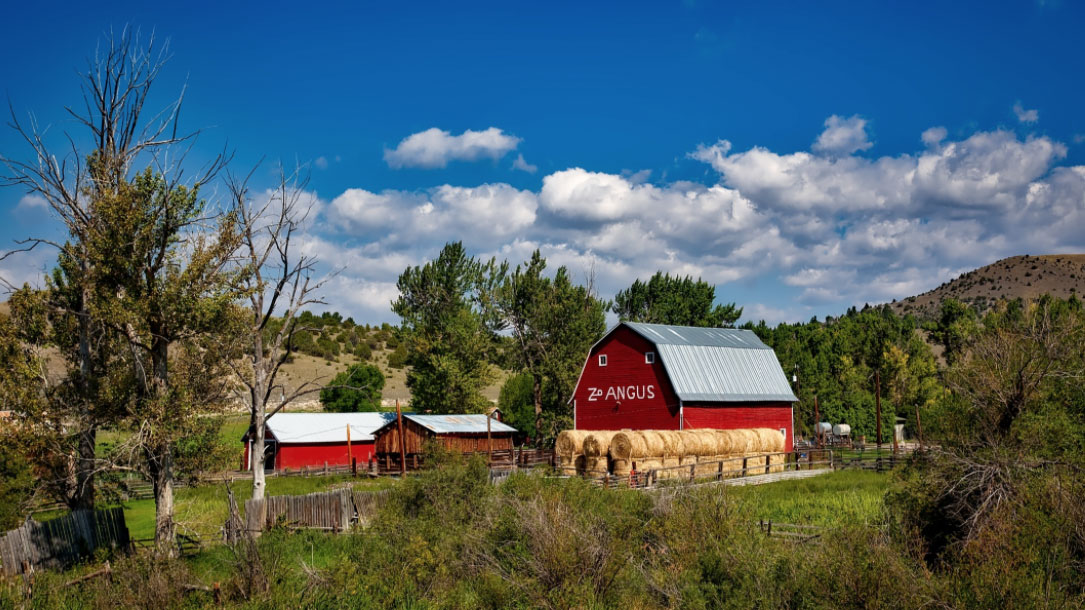
Montana Governor Steve Bullock becomes 25th governor to join U.S. Climate Alliance
‘Montana Governor Steve Bullock today issued an executive order to join the U.S. Climate Alliance. In his announcement, he stated, “Climate change is already impacting our way of life and our economy. How we choose to respond to the changes around us offers a pivotal opportunity to both safeguard our traditional strengths and diversify and grow new opportunities for our future. Like all difficult issues we tackle here in Montana, I know we can find a path forward by getting together, rolling up our sleeves, and focusing on the values we share in common.”’
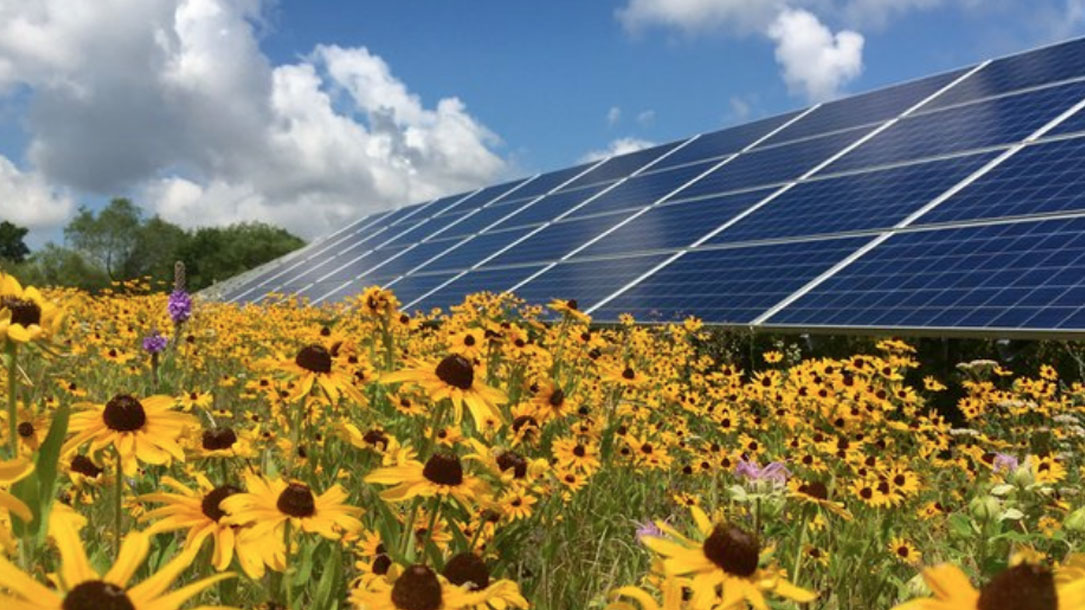
The Country is Watching: New York climate plan sets a 30-year goal for 100% renewable energy
Solar panels on every roof. Parking meters that double as car chargers. Wind turbines towering above farm fields and ocean waves. Cars, home furnaces, and factories converted to run on electricity from renewable sources.
A new law signed by New York Governor Andrew Cuomo sets the nation’s most aggressive targets for reducing carbon emissions and is intended to drive dramatic changes over the next thirty years. It calls for all the state’s electricity to come from renewable, carbon-free sources such as solar, wind, and hydropower. Transportation and building heating systems would also run on clean electricity rather than oil and gas…
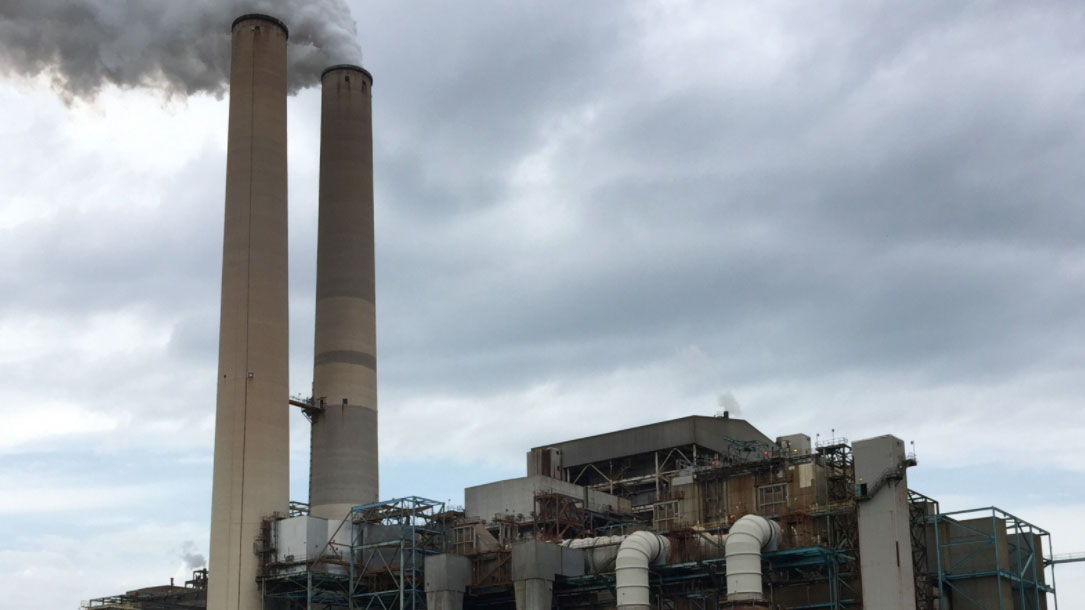
Emissions need to be halved to avoid three degrees centigrade warming
A group of European researchers, Climate Action Tracker, tracks countries’ progress toward the globally-agreed aim of limiting warming to well below 2°C and a more ambitious target of below 1.5°C…
The U.S. is at the bottom of the list, along with Russia, Saudi Arabia, Turkey, and Ukraine. This has to change—and with the millions of land trust members across the country, from all walks of life, conservation can help shift this—if we talk about it and help people understand why action is needed now, rather than in 10 years.
Two degrees Celsius is optimal for keeping the world as we know it habitable—and species extinction in check (we are already at 1°C and beginning to see large-scale extinction directly related to climate change impacts).












